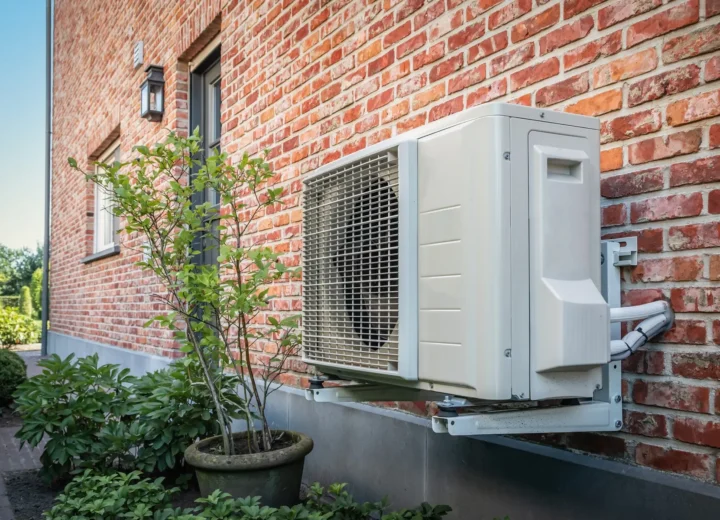Balancing radiators in any central heating system allows the heating circuit to operate efficiently. Learn how to balance radiators properly.
Balancing a heating circuit
Why is it necessary?
Balancing of a heating circuit is necessary because it guarantees a constant flow of hot water in the circuits and thus ensures the thermal comfort of the users throughout the building.
A well-balanced heating system ensures that room temperatures are uniform. It also saves energy.
| What you need to know |
| Balancing a heating system will allow equipment in your heating circuit (circulation pumps, taps or thermostatic valves, etc.) to operate more effeciently and age better |
Installing thermostatic valves in a home improves the energy performance of a heating system by regulating the temperature of the rooms according to their exposure and heating needs.
However, the opening and closing of thermostatic valves leads to hydraulic balancing faults in the heating circuits, in addition to those caused by the circuit architecture. These imbalances can disrupt the operation of radiators, which no longer receive the flow rate they were designed for and therefore lose heating output.
The Temperature control must therefore be accompanied by a balancing of the whole circuit:
- either by installing valves on the columns or adjusting the valves already installed,
- or by installing self-balancing thermostatic valves that ensure radiator-by-radiator balancing.
What are the consequences of poor circuit balancing?
For users
An unbalanced or poorly balanced circuit has many disadvantages and can lead to numerous inconveniences:
- pressure loss,
- a variation of temperatures within the same building,
- etc.
Unevenly distributed water in circuits causes overheating in the emitters closest to the pump and a lack of heating output in the more distant locations. This results in lower or higher temperatures in different areas of the building. Users are therefore confronted with temperatures that are unstable, too cold or too hot.
For energy consumption
This poor circuit balancing has consequences for users’ energy consumption. The uneven distribution of hot water in the circuits is compensated by pumping. This acceleration of the water circulation speed is responsible for the premature ageing of the equipment in the circuit.
Additionally, temperatures are raised or lowered to maintain an optimal temperature in certain rooms or dwellings. This leads to an increase in energy consumption.
A solution for every situation
In order to correctly manage the balancing during temperature control, it is essential to provide the right solution for each configuration of a shared home.
In small to medium dwellings
Installing self-balancing thermostatic valves on each radiator is recommended. Small and medium-sized circuits are perfectly suited to the operating range of these all-in-one valves, which is between 0.1 and 0.6 bar.
This specific system ensures that the flow measurement of each radiator remains constant regardless of pressure variations in the circuit. It does not require the installation of valves on the different branches.
Save on time and increase efficiency during installation and future maintenance of the heating circuit!
In larger multi-family dwellings
Hydraulic variations are too wide to be managed by self-balancing thermostatic valves. In this case, it will be necessary to:
- Ensure fixed balancing of radiators with adjustable Kv thermostatic valves,
- Install automatic balancing at the bottom of the column, using differential pressure balancing valves.
As you can see, it is essential that the installation of thermostatic valves is accompanied by an efficient heating circuit balancing system to ensure that the systems work properly, that energy bills are reduced and that the home is comfortable. An important service that installers can offer to their customers!





